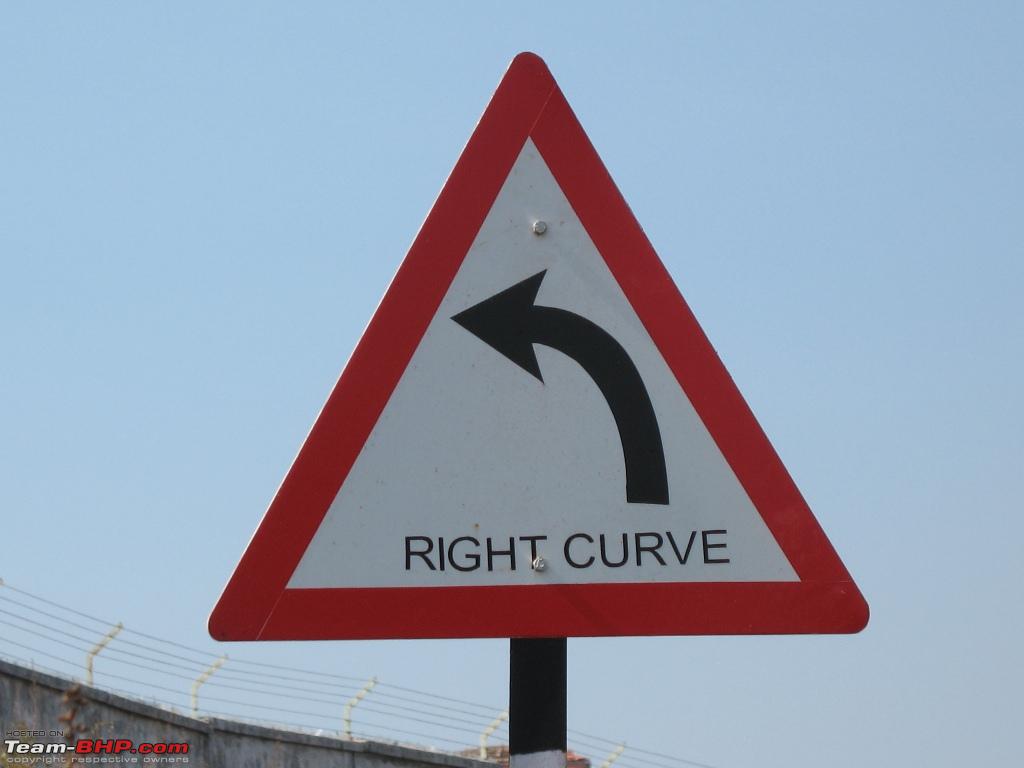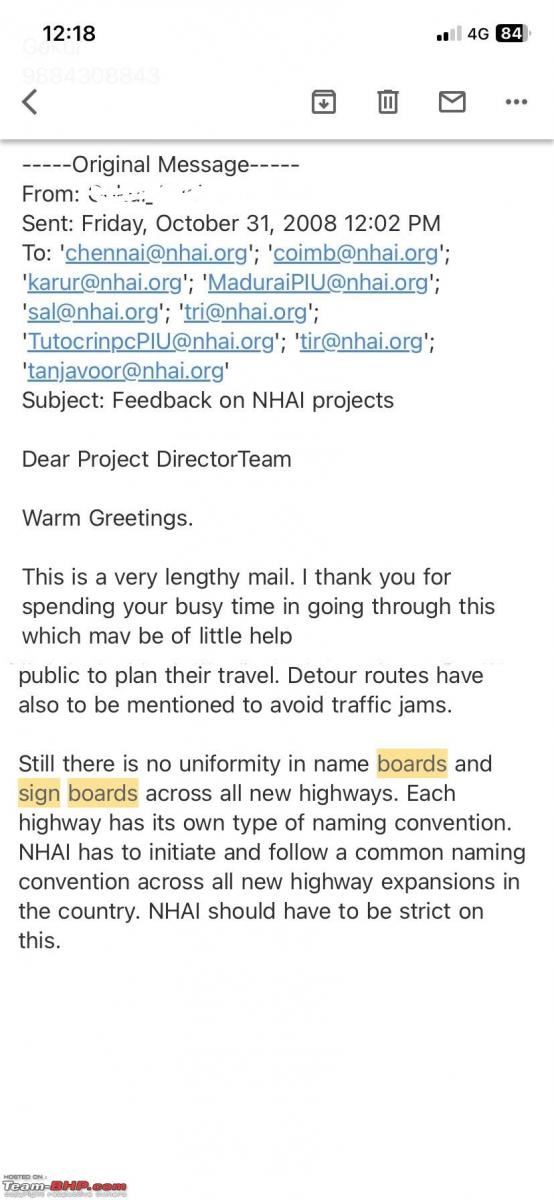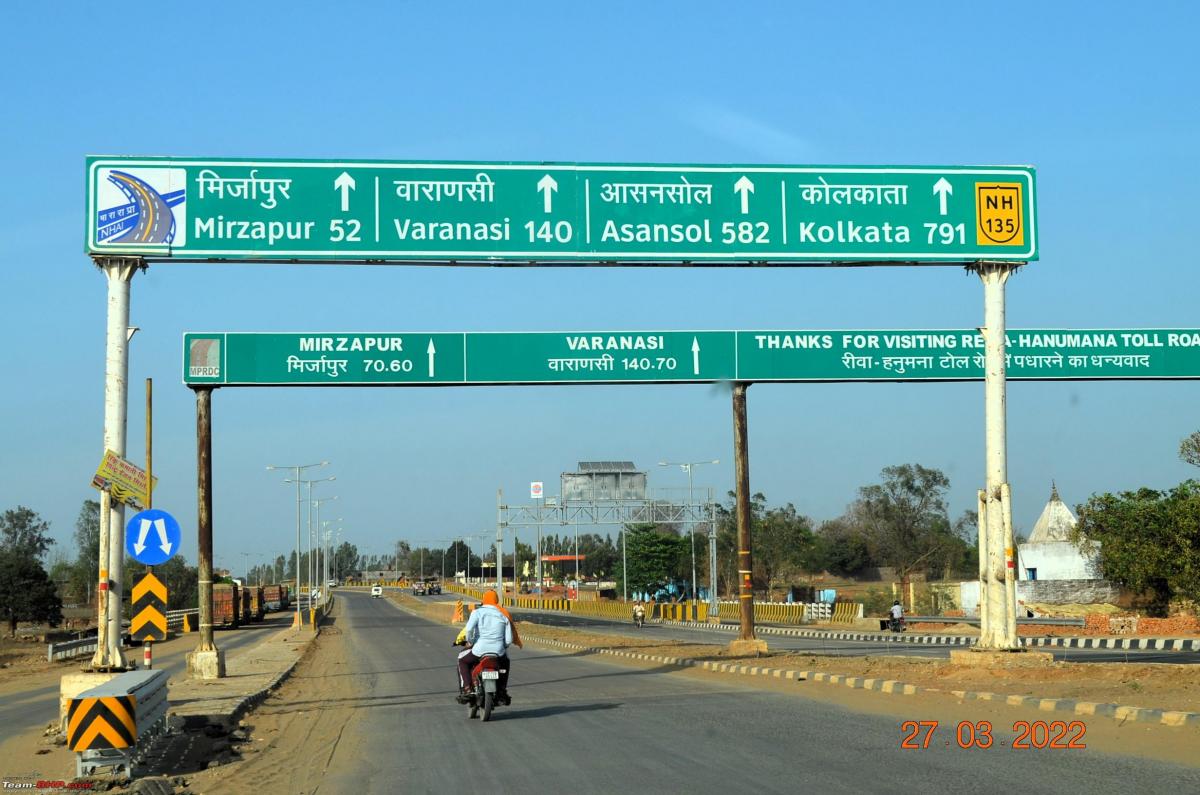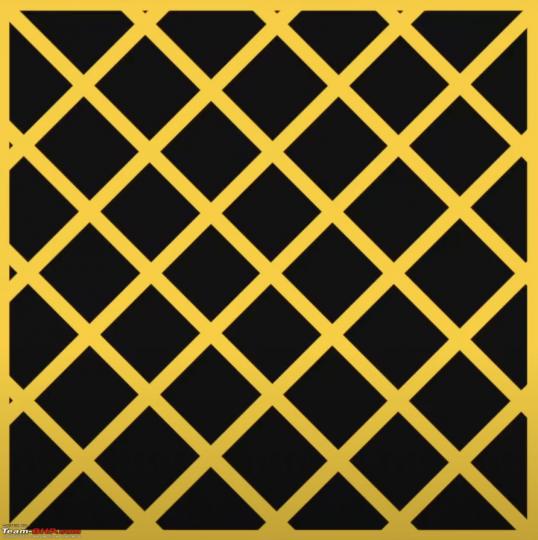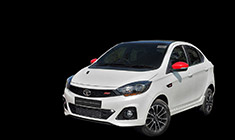News
USA: Feds want to ban funny road signs on highways
Having a funnier sign makes it more memorable, increasing the potential of the message being received better.
According to a media report, the Federal Highway Administration, a sub-section of the US Department of Transportation (DOT), has issued a new guideline banning funny road signs on US interstates & state highways, claiming that they are distracting.
These road signs on highways displayed via variable message signs (VMS) often display warnings to drivers regarding delays, adverse weather conditions and crashes. Sometimes the state has fun with the messages displayed, working subtle jokes into them. State DOTs argue that irrespective of humour or lack thereof, drivers take their eyes off the road to read the messages. Having a funnier sign makes it more memorable, increasing the potential of the message being received better.
Reports even state examples of the playful messages, some of them being genuinely funny. One such example is an Ohio VMS displaying -"Visiting in-laws? Slow down, get there late." Another is from Mississippi -"100 is the temperature, not the speed limit."
However, a legitimate issue with these lighthearted road signs is that if a message is too funny or popular, drivers could end up taking out their phones while behind the wheel to take pictures.
Tripp Shealy, a Virginia Tech professor of civil & environmental engineering, stated that there is merit to the fact that humourous signs do get across their messages better. Shealy's study even measured blood flow to the prefrontal cortex to determine which signs received the most cognitive attention. The result, funnier messages do the trick. She stated, "My recommendation would be that they’re useful, and humour should be allowed, from what we studied."
Source: WallStreetJournal
News
How poorly laid out road signs are confusing drivers on Indian highways
The biggest confusion I see on Indian road is to maintain speed of 30/40km before curve or reaching a junction.
BHPian Capri89 recently shared this with other enthusiasts.
Recently while returning from Solapur to Bengaluru noticed the following signage

One would naturally assume that one has to drive straight to head to Chitradurga and hence to Bengaluru. For those going to Koppal one has to turn right somewhere down the road.
However, while going forward straight, spotted this signage that was totally in contrast to the above sighted signage.

Not just this. The sign board was also wrongly placed, little after the exit rather than before the exit.

This led to several vehicles including some trucks to shoot past straight and then reversing to take the exit. I am sure regular travellers on this route would remember this oddity and would have had no problems while negotiating this stretch.
Here's what BHPian narayans80 had to say on the matter:
I remember the first one you mentioned. We saw this multiple times because we stayed in Gangavathi during our Hampi visit.
The direction to Gangavathi is correct. It is left on that tolled State Highway.
That confusing signage stems from the cloverleaf constructed at the NH52 v NH67 intersection during the 4-laning and the old signage was not taken out.
First attempt (from the other side) I ended up on NH67 as well, even with Maps on.
Here's what BHPian Scarlet_Rider had to say on the matter:
Had seen this in Goa back in 2008:
Here's what BHPian RGK had to say on the matter:
Directional signage can be incredibly helpful in these situations, as it can help drivers visualize their route and avoid missing important exits or turns. I hope that highway authorities take this into consideration and make efforts to improve signage for everyone's convenience and safety.
I previously emailed the NHAI officials 15 years ago regarding the establishment of a consistent and uniform naming convention and methodology throughout our country.
Just attaching an edited photo for reference. The unfortunate aspect is that the naming convention remains non-standard, and it is quite disheartening to observe errors on highway signs.
As far as SH is concerned in TN, the name board signs are decided by the respective Highway office (Assistant Engineer decides what names should be included in the highway boards...). This is pathetic, as the sign board misses the next important town and an irrelevant place is written.
Here's what BHPian airbus had to say on the matter:
This was captured last year. Distance to Mirzapur
Here's what BHPian Satkaj had to say on the matter:
The biggest confusion I see on Indian road is to maintain speed of 30/40km before curve or reaching a junction etc etc . If one is driving abroad, these signs would have been followed to the T. Unfortunately in India, I strongly believe these sign’s are starting point of teaching our kids to break the law.
For an example On Mumbai- Pune Express way at the curves while descending from Lonavla to Mumbai , speed limit boards of 50 km has been put up which is impossible to follow by anyone. Yet such boards we find every where ,while say approaching a Junction or a village. Abroad rule is simple , one has to follow the sign. But in India it seems sign’s are made to benefit contractors rather than motorists.
Check out BHPian comments for more insights and information.
News
Understanding road markings and signages: A comprehensive guide
The road signages are further split into three categories differentiated by triangular, round and rectangle boards.
BHPian sarathlal recently shared this with other enthusiasts.
An attempt at compiling important road markings and signages.
Dividing this post into two main components - Road Markings and Road Signages.
Information is compiled from various portals and posts from within our TBHP community as well. Due thanks to all individuals, this is just a compiled format for easy reference.
Special mention to shitalsigns and Ajith Buddy Malayalam YouTube channel for majority artefacts.
Let's start with Part 1 - Road Markings.
1. Broken Lines
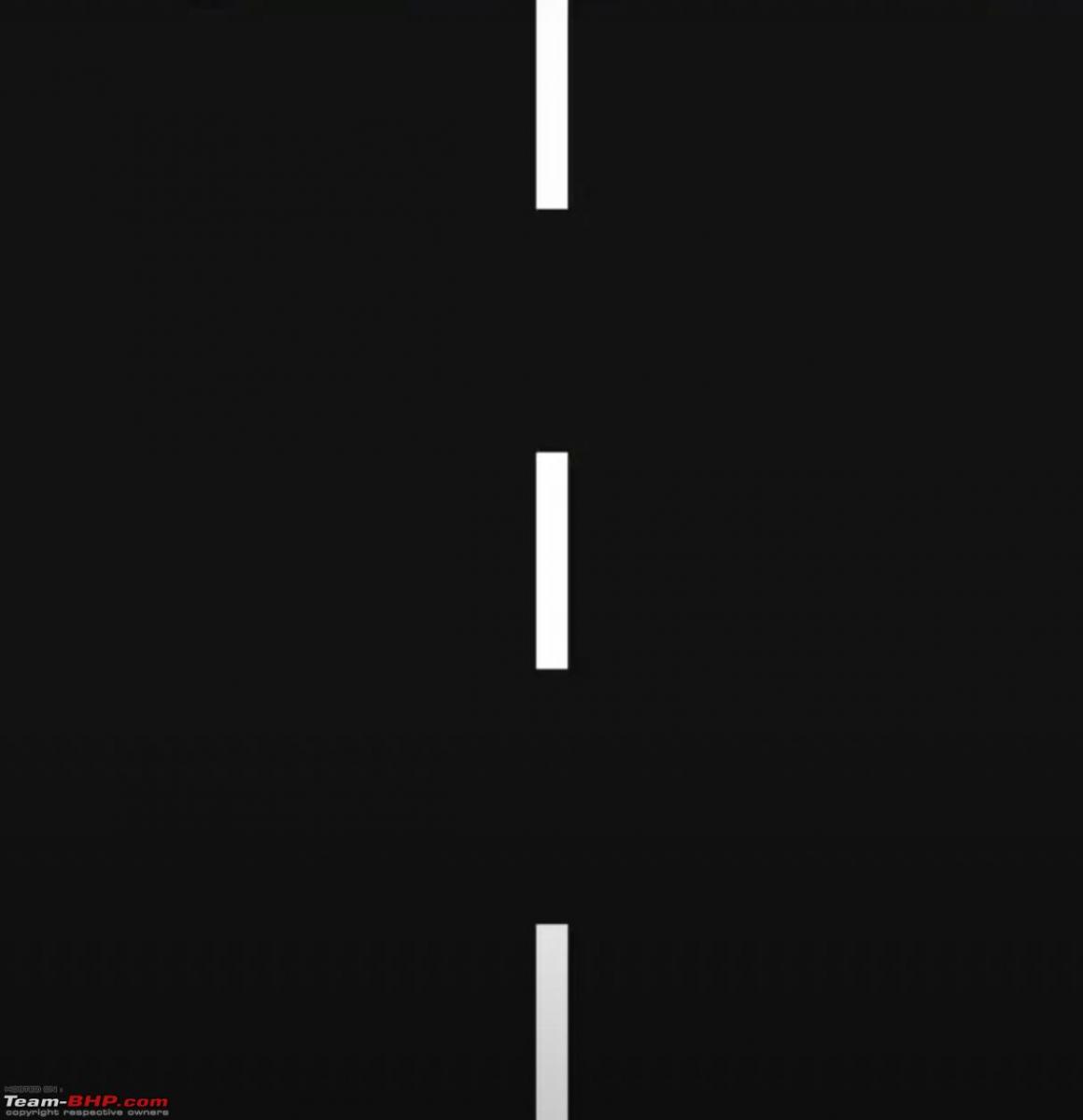
These are used to indicate lanes on multi-lane highways or to indicate the centre lane of a two-way traffic road.
Motorists are allowed to cut this lane and overtake if it's safe to do so.
2. Broken lines Long / Hazard Lines
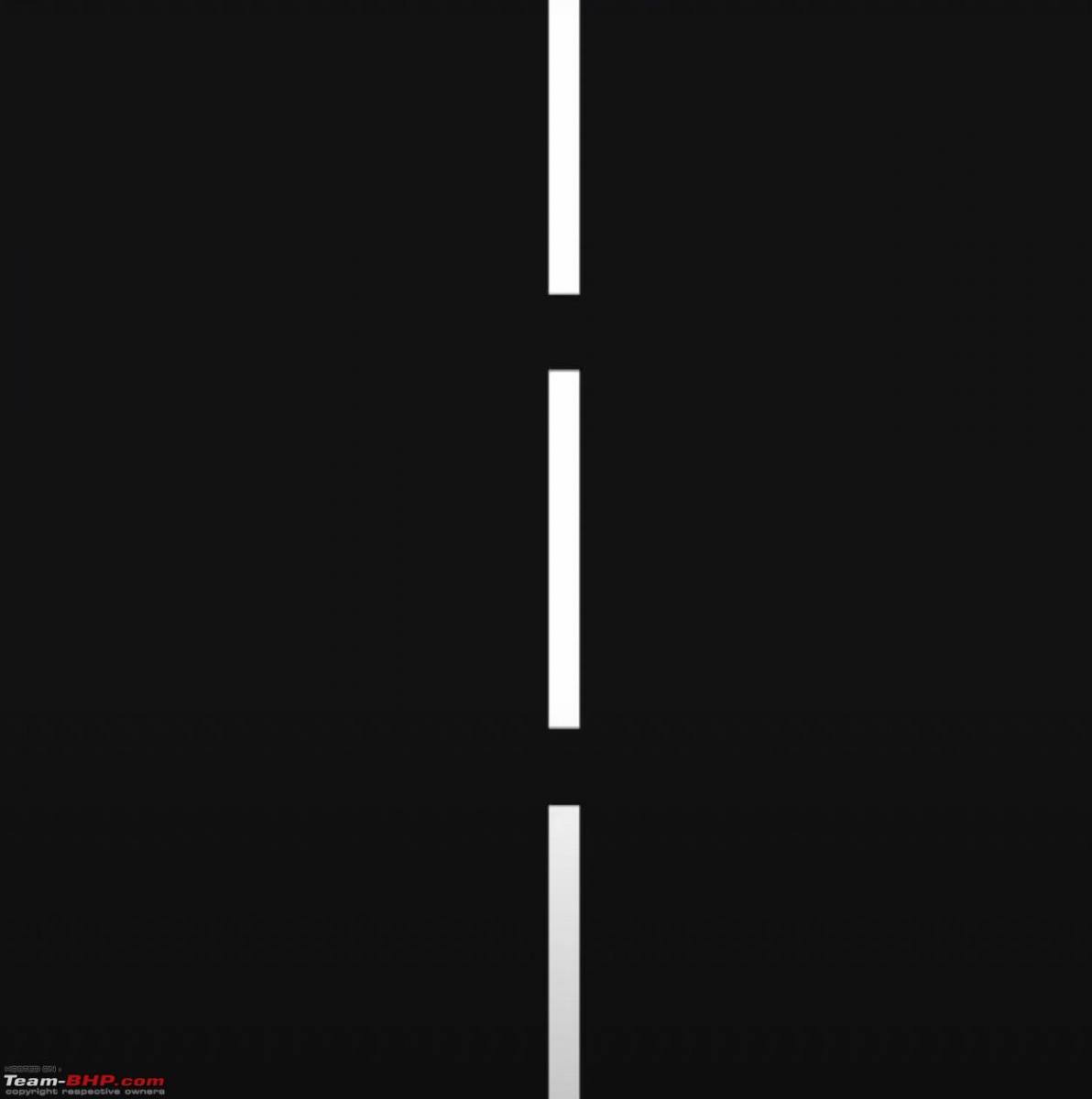
When the broken lines appear nearer to each other or appear to be longer in length compared to the ordinary broken lines, then it acts as a warning toward upcoming changes in traffic behaviour.
3. Solid Line
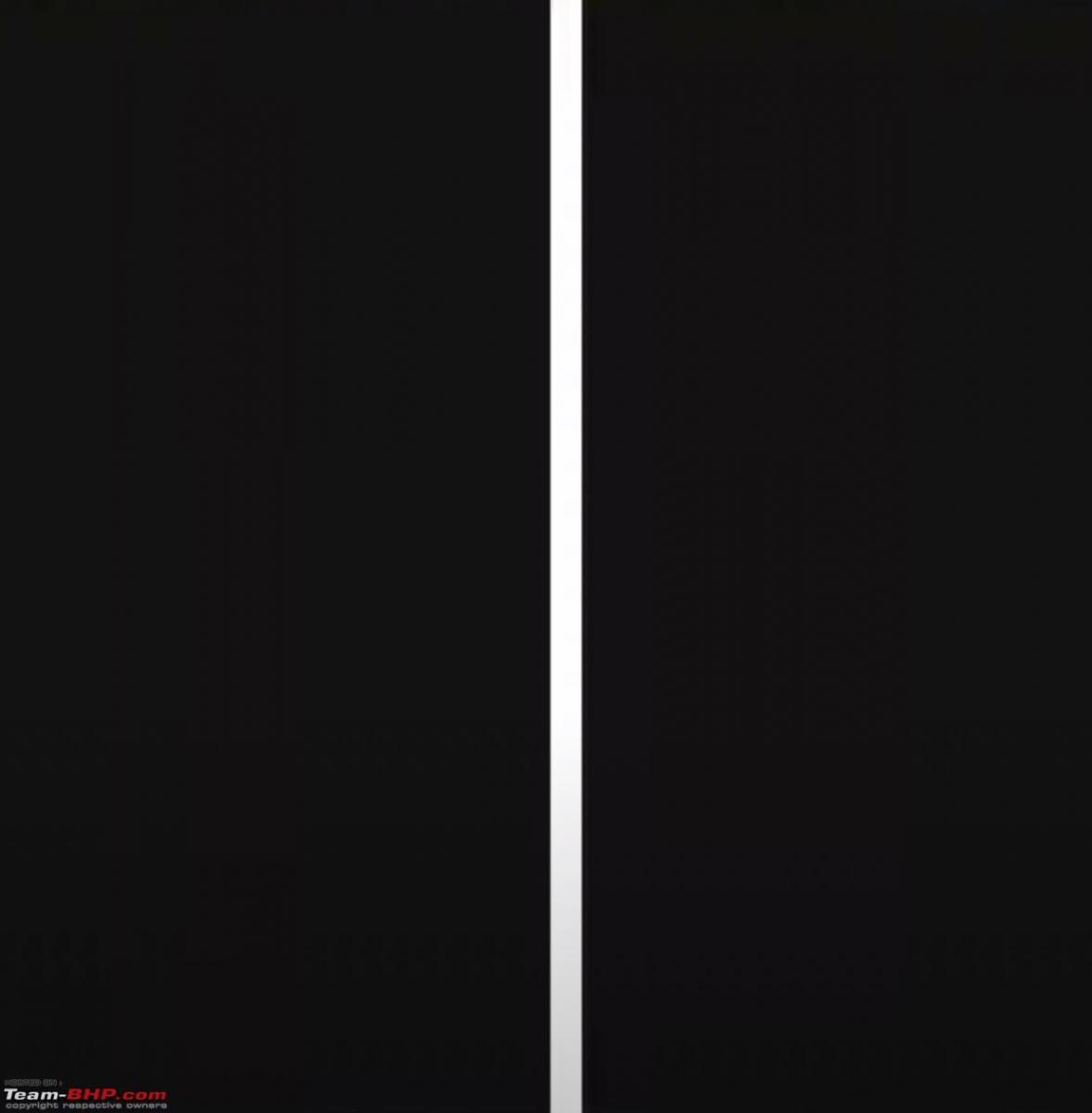
Indicates that overtaking / passing / cutting of such lines are not permitted.
They are usually placed at turnings or high traffic junctions.
4. Double Solid Line
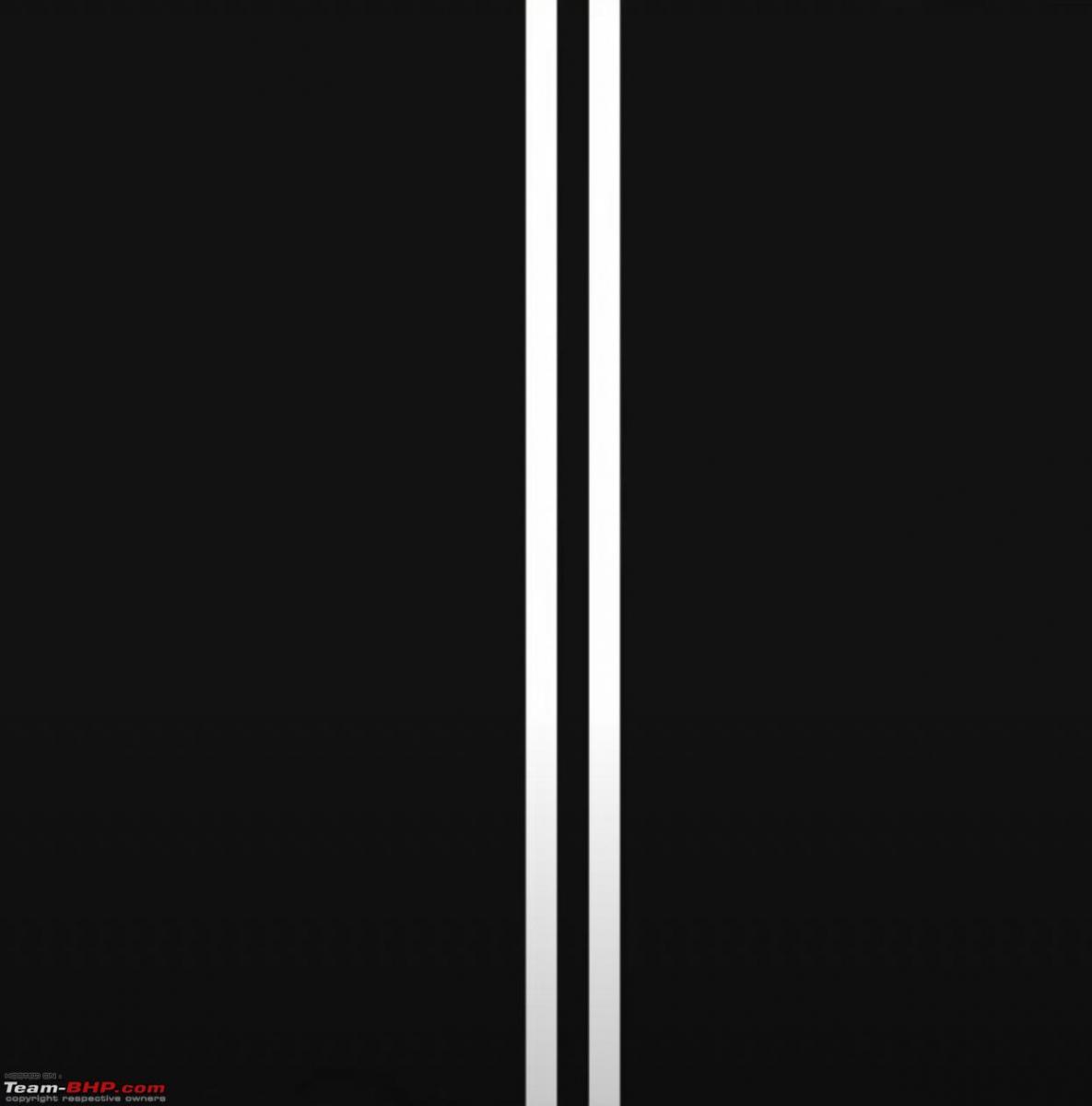
Similar to the Solid Line described above, but with the double intensity of warning level.
5. Broken/Dotted and Solid Line
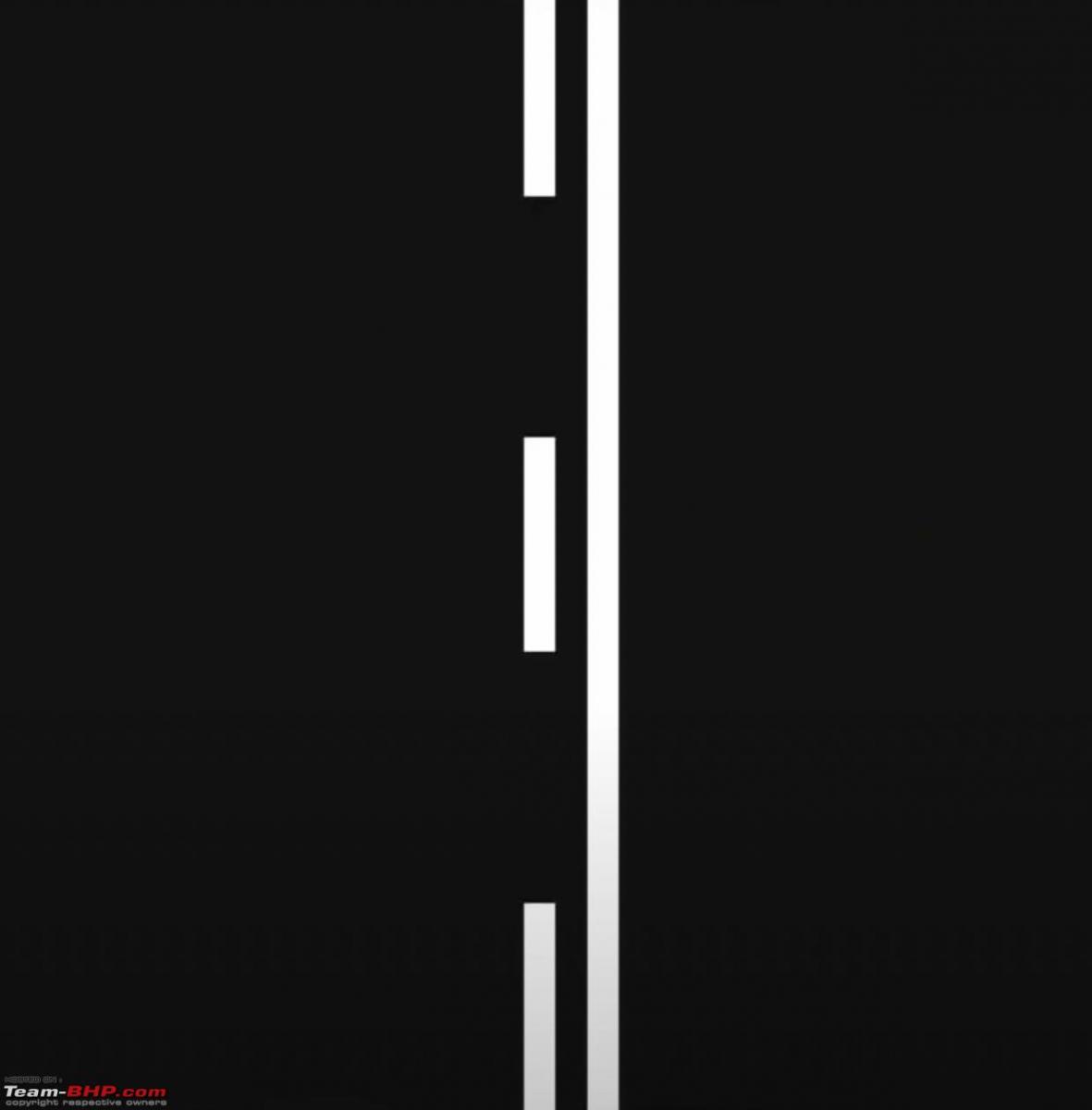
Similar to the Double Solid Line described above, but with the following difference.
If the dotted line appears on your driving lane, then you can pass the line and overtake when it is safe to do so. At the same time, the opposite traffic is not allowed to overtake.
Similarly, if the dotted line appears on the opposite lane from where you are driving, then the opposite lane can pass the line and overtake when it is safe to do so. At the same time, you are not allowed to overtake.
6. Arrow on broken Lines

Indicates the motorists to quickly get onto the lane in the intended direction of the arrow. The intention of this warning marking is to inform motorists of an upcoming change in behaviour of the road, like an approaching turn or junction.
7. Striped median

This is similar in nature to the double solid line described above, but with such an increased attention level. In fact, given the different scenarios, this lane marking adheres to, it's very important to pay attention and NOT to enter the striped median.
This is used for multiple reasons such as:
- An approaching physical median
- An approaching space that needs a median but a road not wide enough
- Need to further space out the two opposite lane traffic due to heavy curve
- An approaching by-road where there’s a possibility for vehicles to slow down on the main road itself. (On road Safe zone for vehicle exits towards by-roads)
8. Zigzag lines
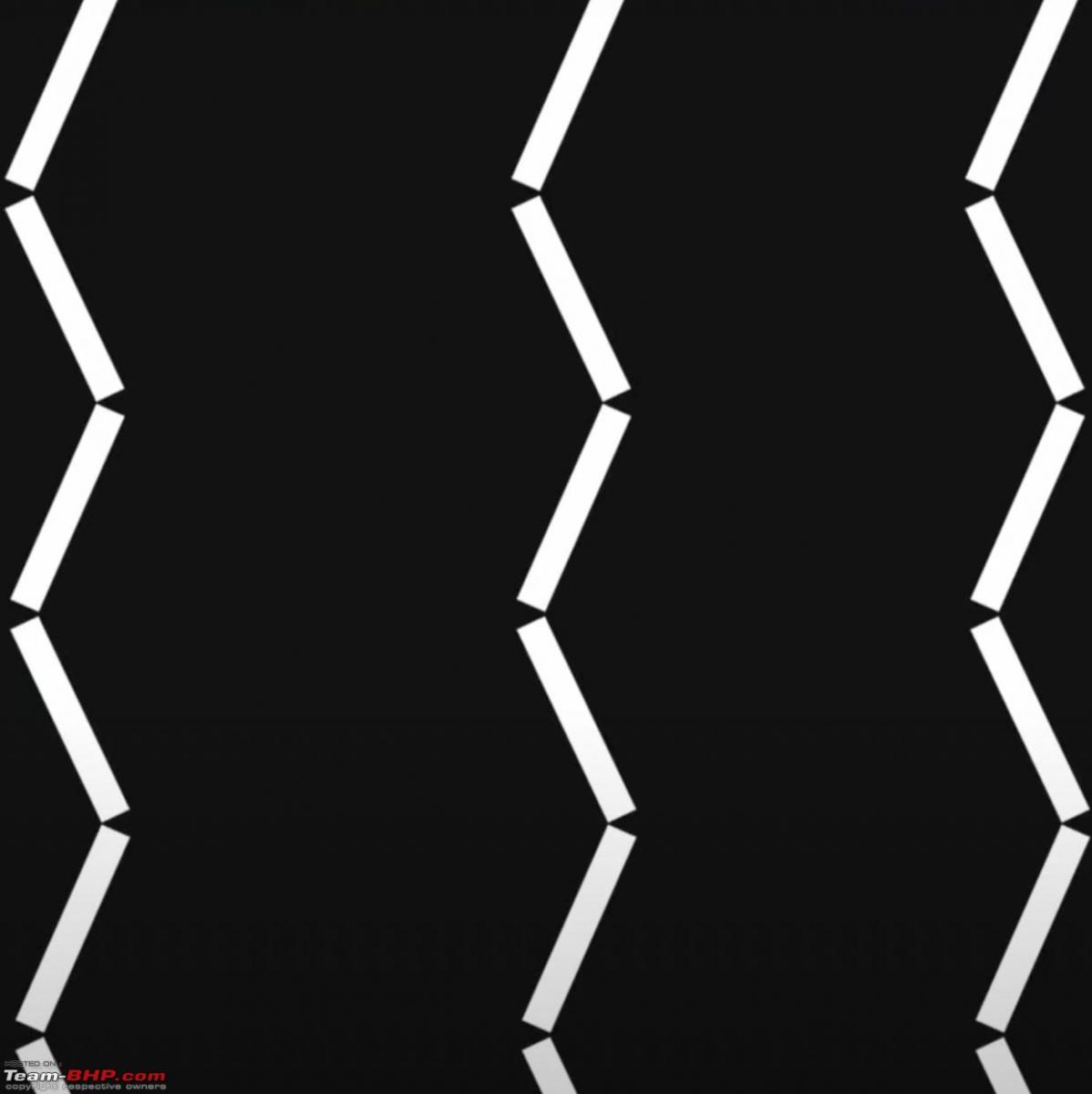
Indicates motorists to slow down and watch out for pedestrian presence.
They are likely to be around near zebra crossings or areas of high pedestrian activities.
9. Side Solid lines.

These are used to mark the boundaries of the roadsides.
Vehicular traffic is not to cross over these boundary lines. If these lines are in WHITE, they can be used for pedestrians to walk, vehicles to park temporarily etc.
But if these Solid Lines are YELLOW, then it also indicates a no-parking zone.
10. Ladder Lane marking / Striped side marking
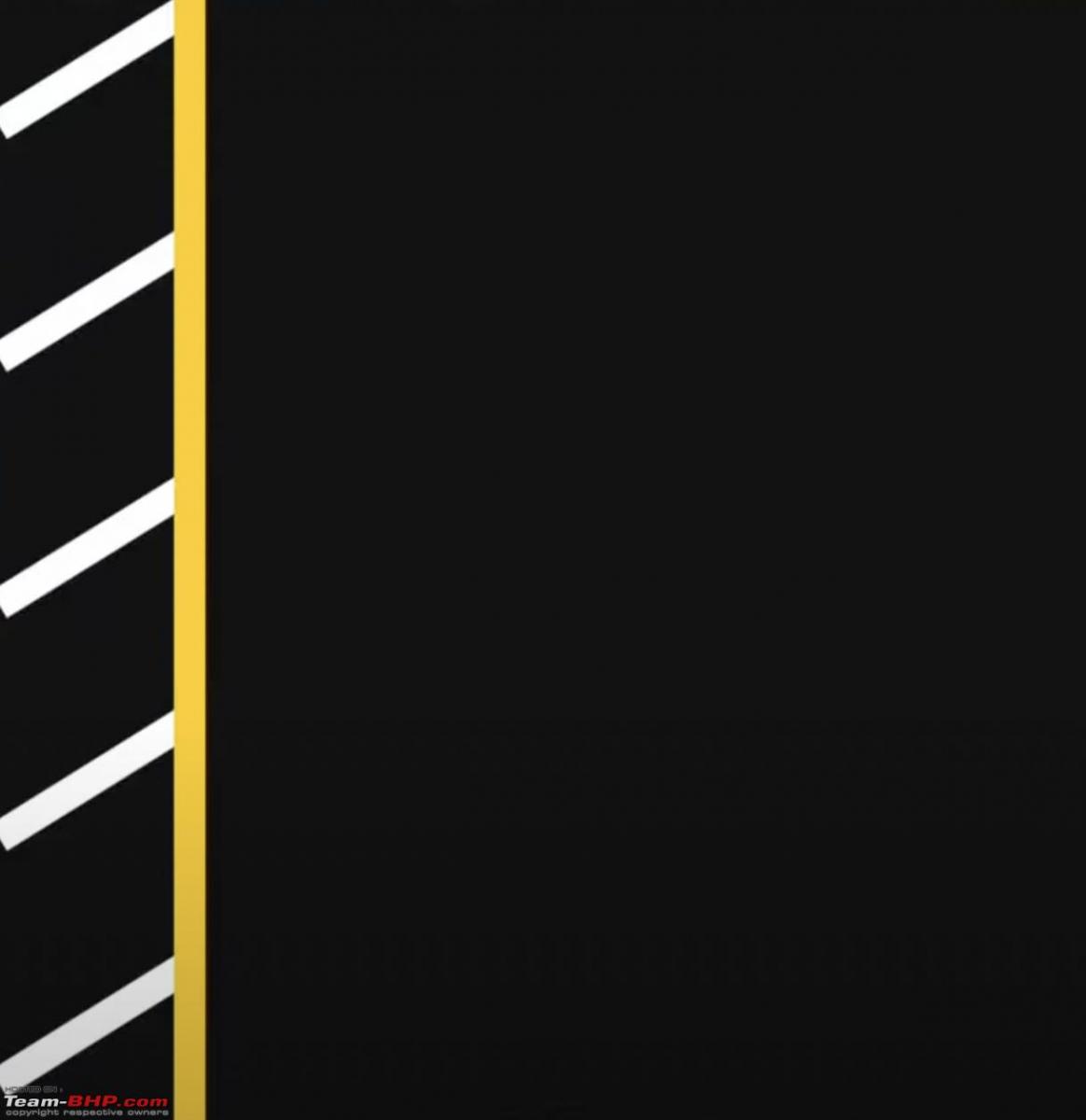
These markings are equivalent to footpaths. All rules applicable for footpaths are applicable to this road marking.
11. Solid Horizontal

This is usually accompanied by another road signage or traffic signal or zebra crossing. This line indicates the position motorists should not cross while stopping the vehicle while complying with the accompanying road signage or traffic signal or zebra crossing.
12. Dotted Line
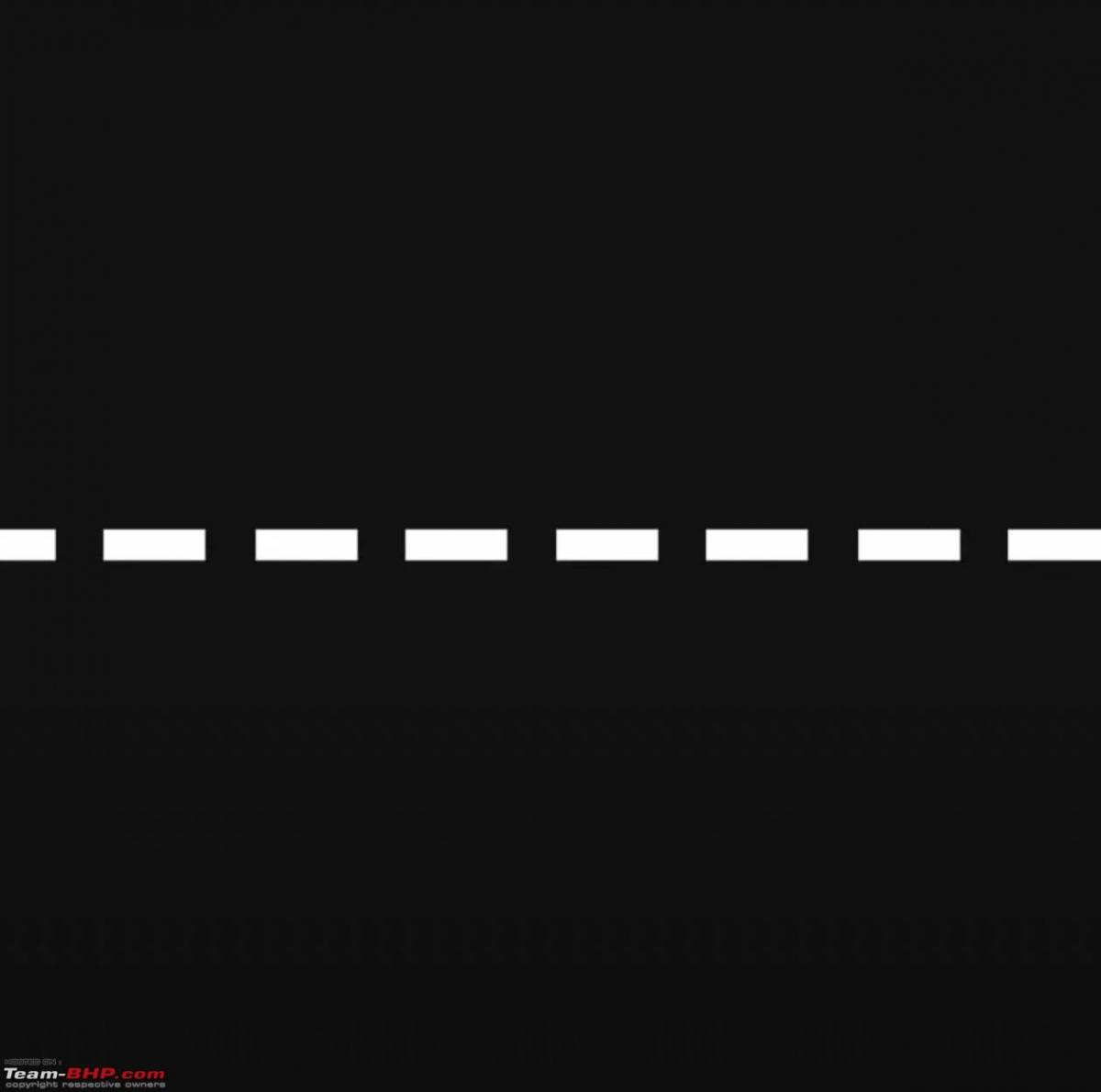
This indicates that the motorists entering from the byroad need to be extra careful in observing the vehicle traffic on the main road they are going to enter by crossing this dotted line. They are supposed to cross and enter only if it's safe to do so.
13. Double-Dotted Line

Similar to the dotted line described above, plus the fact that both the lanes should be observed and enter and cross over only if it is safe to do so.
14. Yellow Box junction

These are drawn at high traffic intense junctions and indicate the motorists to enter the box only if they are sure that they can exit the box without blocking the traffic. It simply means, not stopping or pausing on the yellow box.
The primary intention is to prevent motorists from blocking other lanes by creating deadlocks.
Continue reading BHPian sarathlal's guide to signages for more insights and information.
- Tags:
- Indian
- road signs
- road markings





